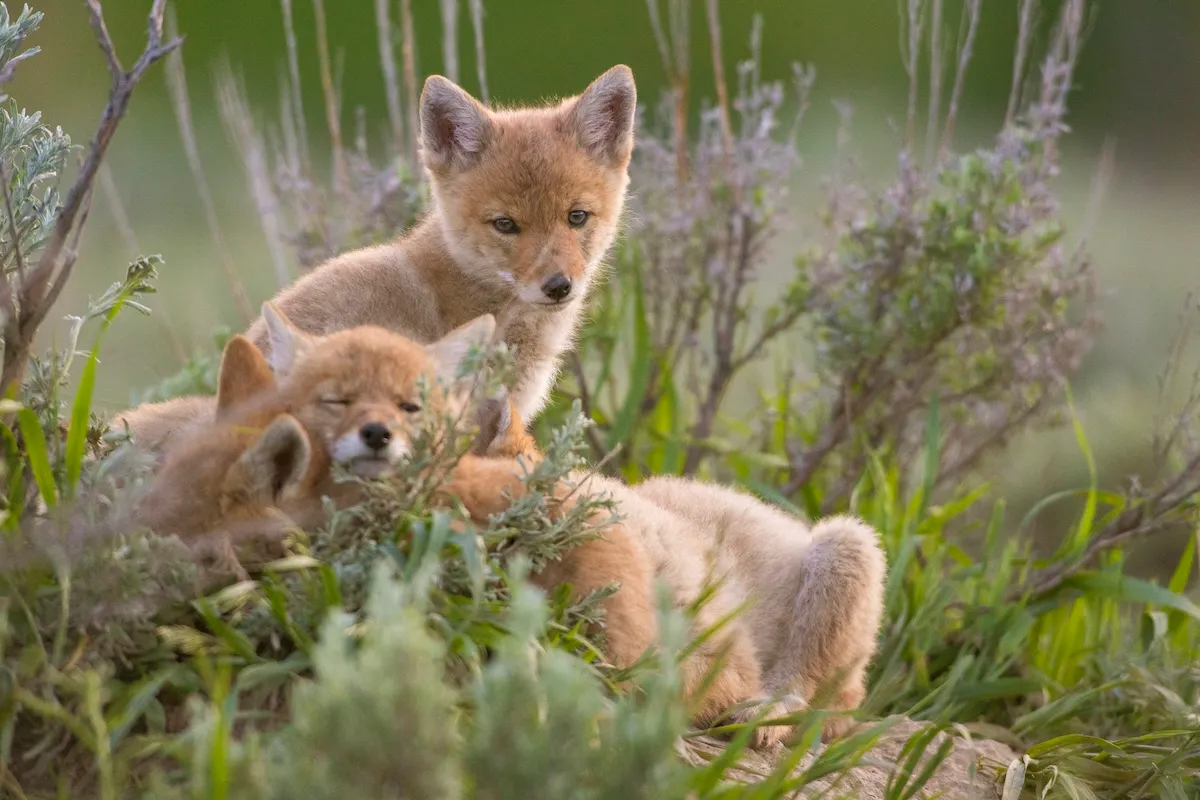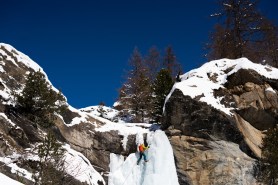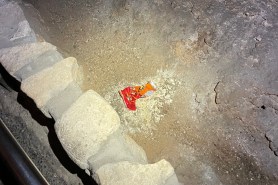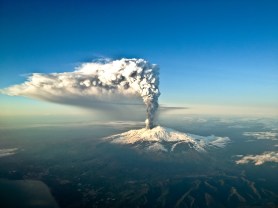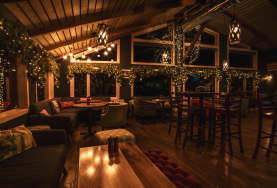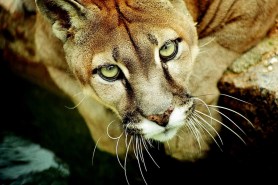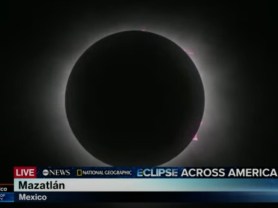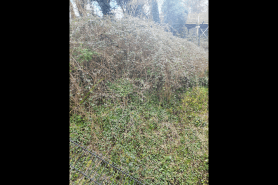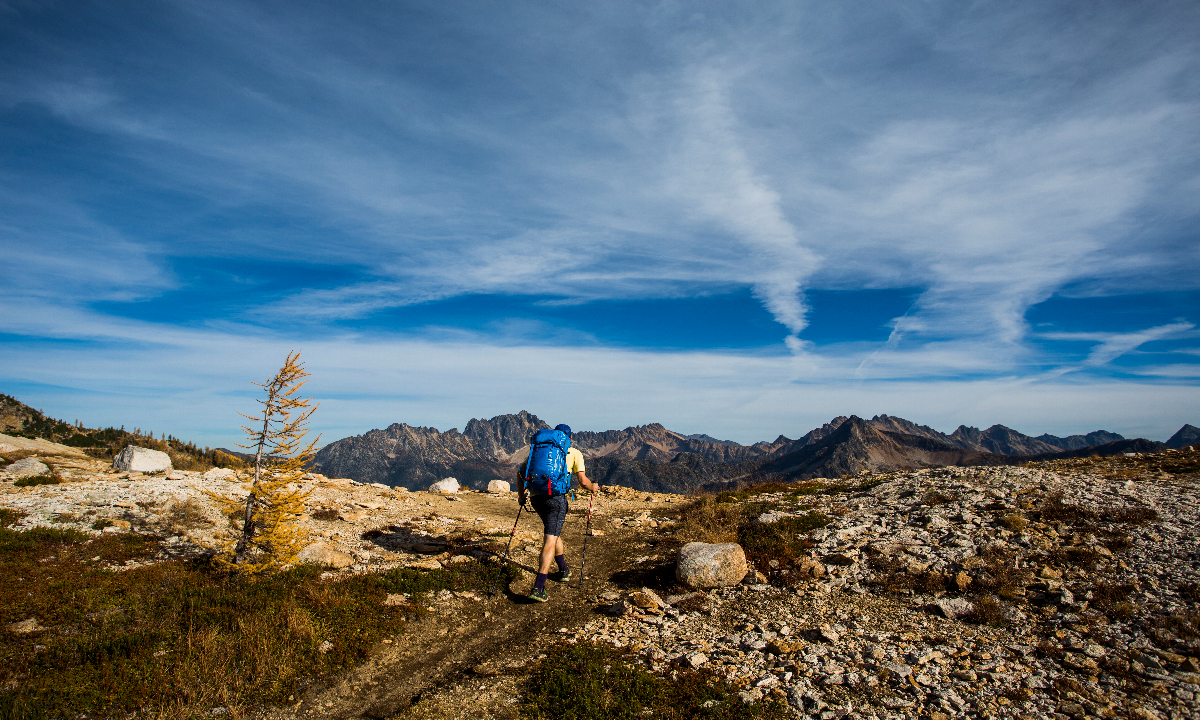

The Pacific Crest Trail (PCT) has claimed a place in our nation’s collective consciousness. More and more thru-hikers, section hikers, and day hikers flock to this National Scenic Trail every year. Spain has El Camino de Santiago, New Zealand has Te Araroa, and the USA has the PCT. There’s such a great mix of hard hiking, incredible views, and community on this trail that it’s hard to stay away. While you might already be familiar with the PCT, here’s a few things you may not know.
Videos by Outdoors
1. The Trail Experienced a Wild Renaissance
You may have heard about Cheryl Strayed’s book, Wild: From Lost to Found on the Pacific Crest Trail. Published in 2012, this book gained widespread acclaim and spurred a generation of thru-hikers out onto the trail. The 2014 film Wild stars Reese Witherspoon and was an inspiration itself. The story covers Strayed’s bout with grief and addiction as she hikes. She reads along the way and burns pages of her books to save weight, becoming an icon of the trail in her own right.
What you may not know is that the PCT’s history is divided into a time before Wild and the time since. There was a huge boom of interest as a result of this story. The PCT has “hiker boxes,” places where hikers can freely leave things they don’t need and take what they do. Early in a thru-hike, there are often several copies of Wild in hiker boxes, left by inspired hikers who found it too heavy to actually carry. The PCT in its current form would not be the same without Cheryl Strayed.
2. The Idea Predates WWII
With a project like the PCT, its creation is so steeped in collaboration and decades of effort that it’s almost impossible to trace back to a single origin. The Pacific Crest Trail Association cites a few notable people. Catherine Montgomery proposed a border-to-border trail in 1926, and Fred W. Cleator oversaw the creation of Oregon’s Skyline Trail, an important foundation for the PCT. Clinton C. Clarke, often called the “father” of the PCT, organized the Pacific Crest Trail System Conference in 1932. In 1939, the PCT even appeared on a federal map, although WWII did eventually halt the progress that was being made. Only temporarily, though.
3. Horses Thru-Hike Too
Hiking the PCT, you’ll often notice a sign pointing to the side of a creek crossing, denoting a “horse crossing” through the water. There are also plenty of specific horse camps available throughout the trek. Just about the whole trail is available for equestrian use.
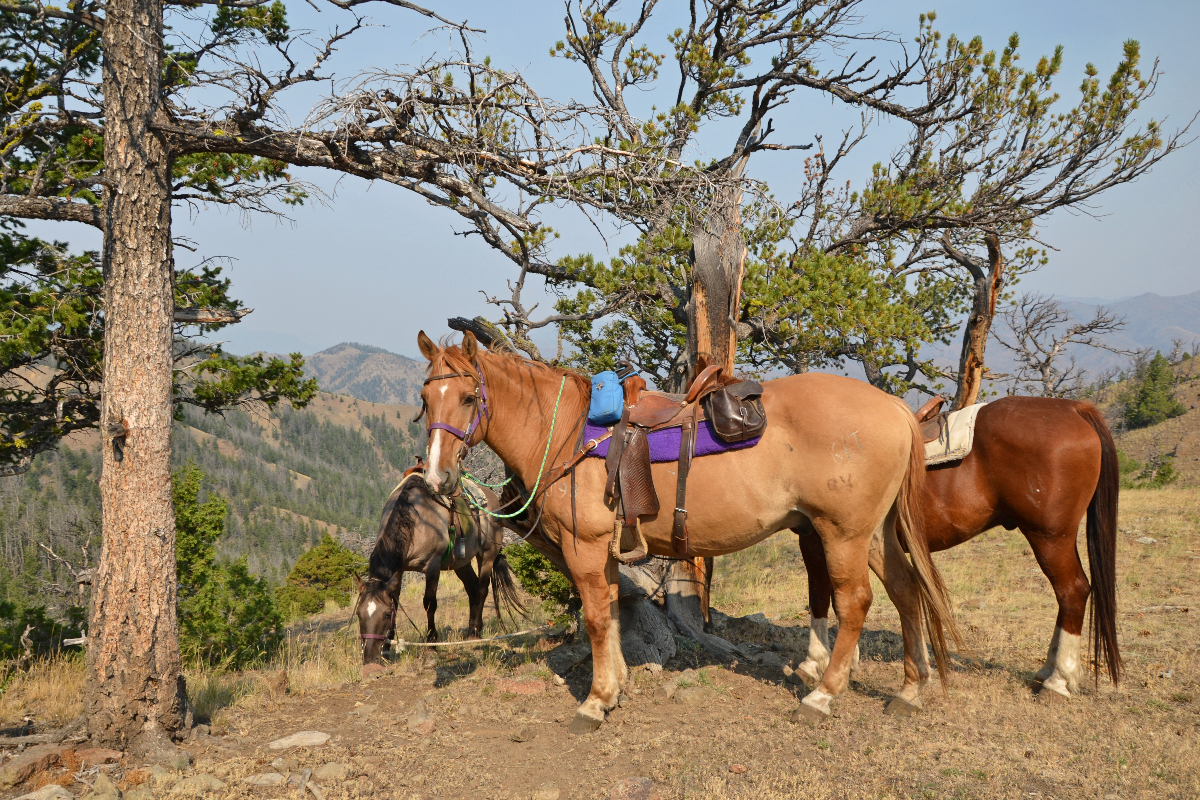
Riding the PCT actually requires more logistics than hiking. You’ll be significantly more limited in where you can camp, and your resupplies will have to include whatever food or care your horse needs. Taking a horse out with you also makes Leave No Trace principles more complicated. The PCTA advises taking a specific equestrian Leave No Trace program to supplement your knowledge. If you’re hiking and come upon a horse and rider as you go, be sure to be polite and not spook the horse.
4. Resupply Boxes Aren’t as Vital as You May Think
PCT hikers stop into a town every 4-7 days or so and refill on food and supplies. Sending resupply boxes to local post offices is a common convention. You just pick them up as you go. This is a great practice and a good way to save money, but it’s less common than most people expect. Even in the smaller, remote towns you’ll pass through, there’s usually a grocery store or general store of some kind where you can get what you need. This isn’t true all the time, of course, so some pre-planning and logistic consideration is still required. I’d advise a mix. Send boxes to a few places where it will be expensive or difficult to resupply, but stay flexible. Hikers on the PCT who didn’t know how much their tastes might change may find themselves giving away half of what they packed.
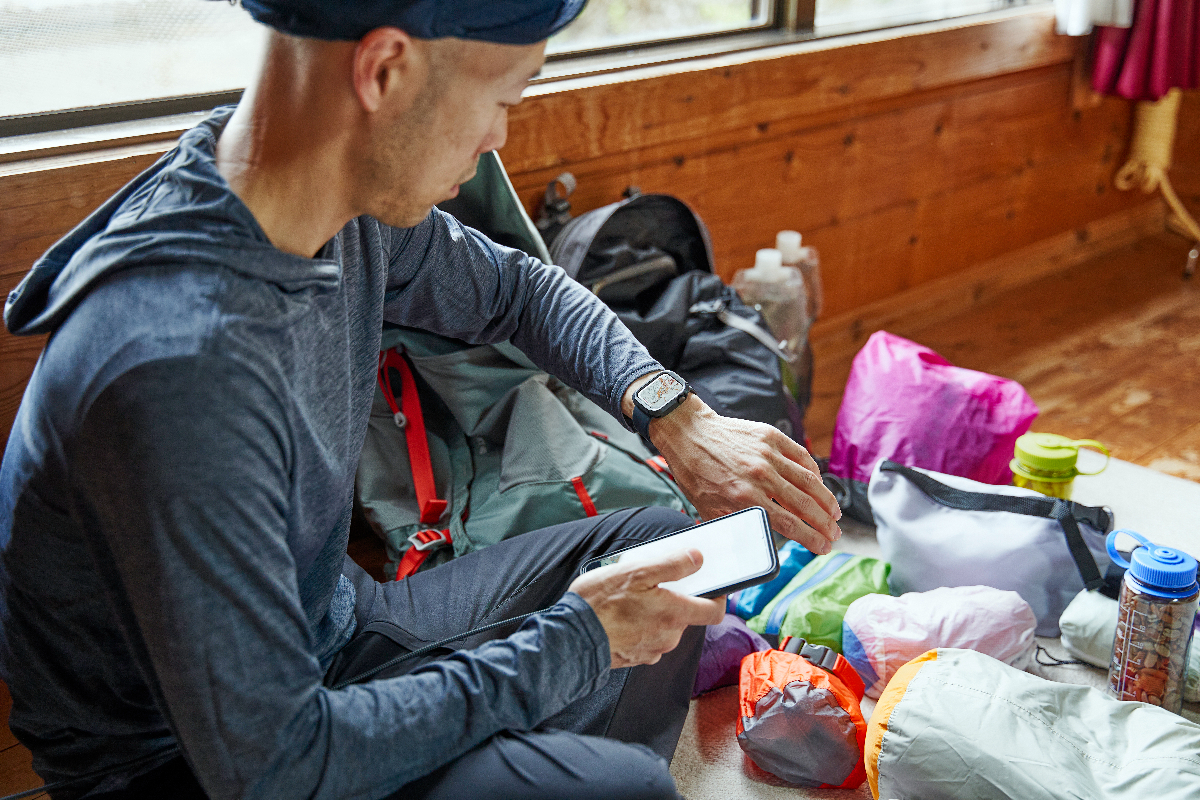
5. About 1/3 of Hikers Come from Abroad
The PCT and the other Triple Crown trails feel like such a piece of Americana and such a good way to see the country. As they gain popularity, it’s even become a family endeavor for some. Walking through all our beautiful wilderness on the PCT and stopping into all these small towns is a great way to see the west coast of the USA.
It’s no surprise, then, that a huge number of folks come internationally to hike the PCT as well. Halfway Anywhere is a thru-hiker and a great resource for potential thru-hikers, and he’s hosted a survey on vital trail information for years. Rounding up seven years of data, he found more and more of an international presence on the PCT, as much as almost 1/3 in recent years. The presence of these international hikers helps sculpt the PCT’s culture in new, formative ways.

6. You May Find a New Name and Family
I’ll bet you didn’t know that the PCT gives hikers a whole new identity. “Trail Names” and “Trail Families” are key parts of PCT trail culture. You’ll find this convention on the Appalachian Trail, too, and many other trails around America, but it’s worth mentioning what a vital role they play in a PCT thru-hiking experience. You can choose or be given a name that speaks to who you are while you’re on trail. You can be anyone from “Lakes” to “Silverfern” to “Snake Bait” or “Hobo Joe.”
And finally, a PCT hike isn’t quite a PCT hike without a good trail family. You’ll inevitably find your people—the ones who see you for who you are and encourage you along the way. You’ll share your lunch breaks, your campsites, your joy, and your misery with these people, and after you’re done, they might just end up being what you miss the most.

